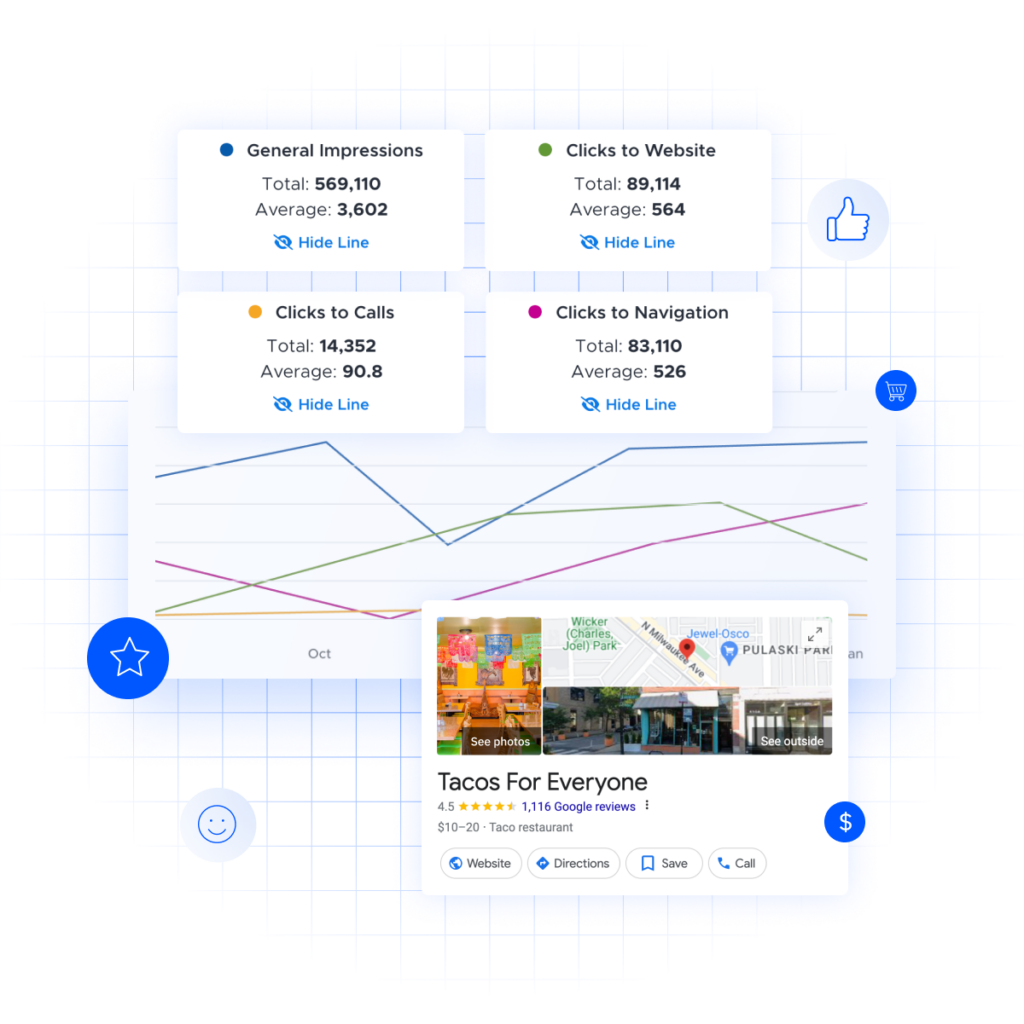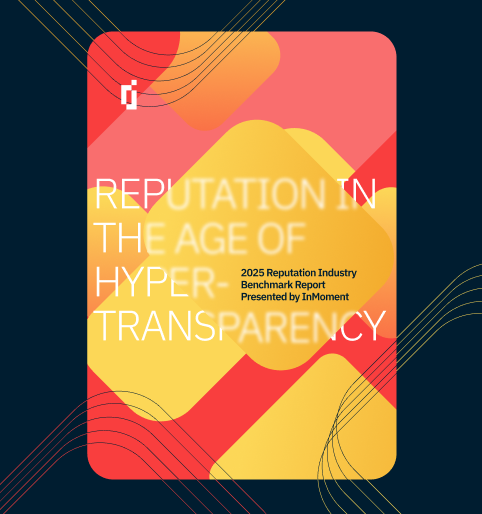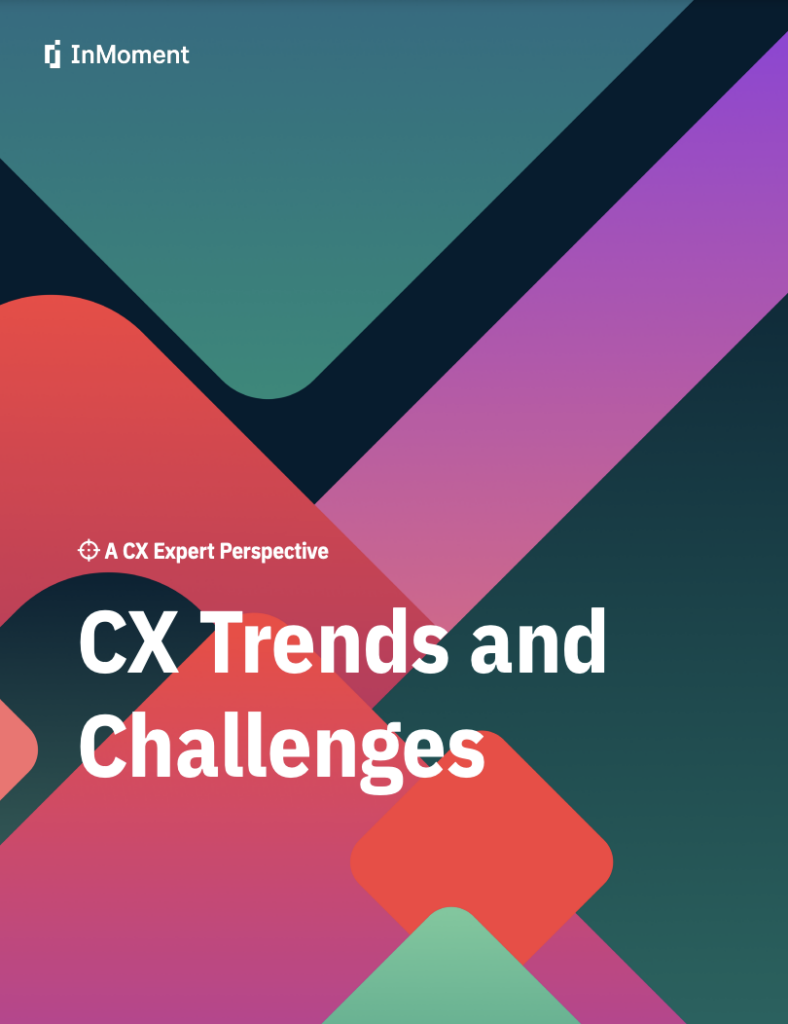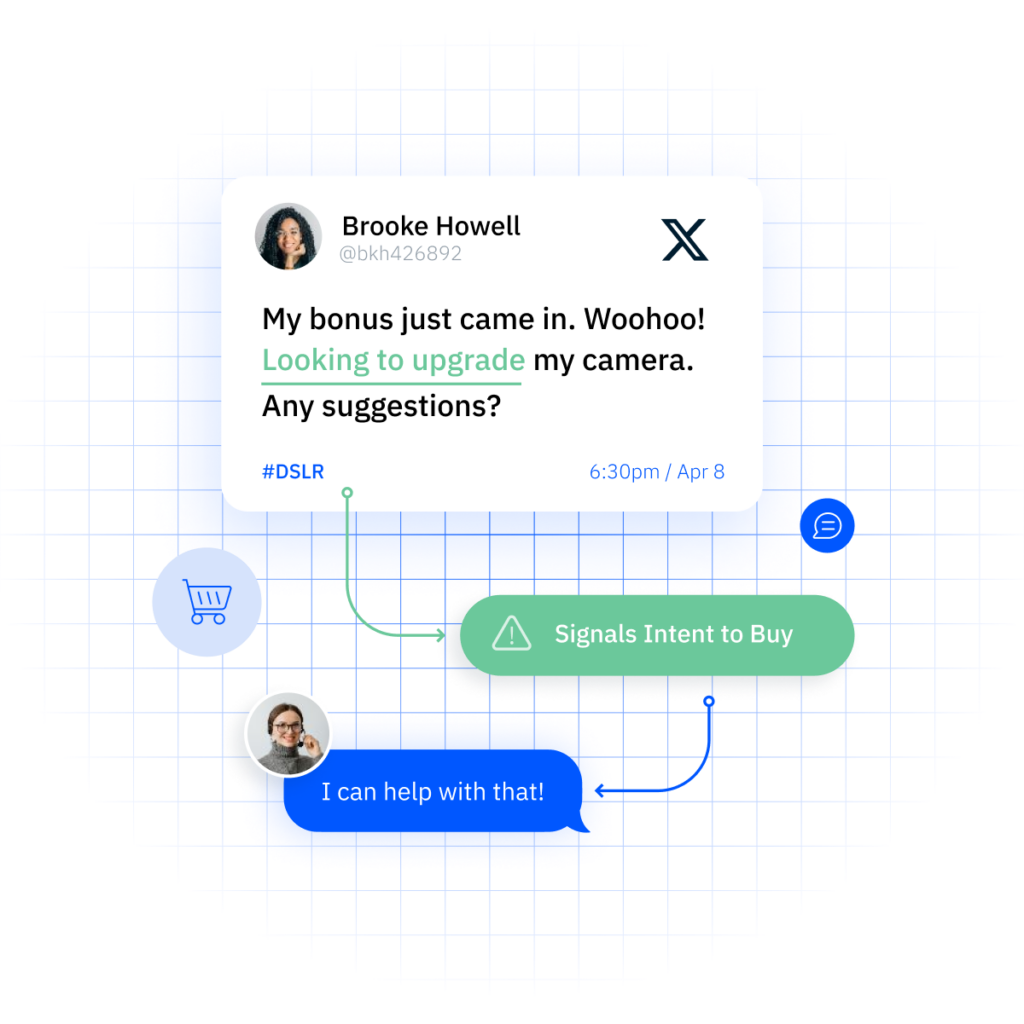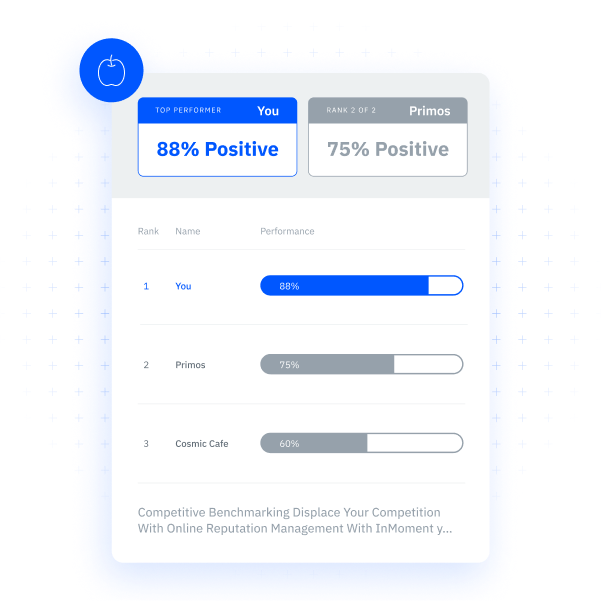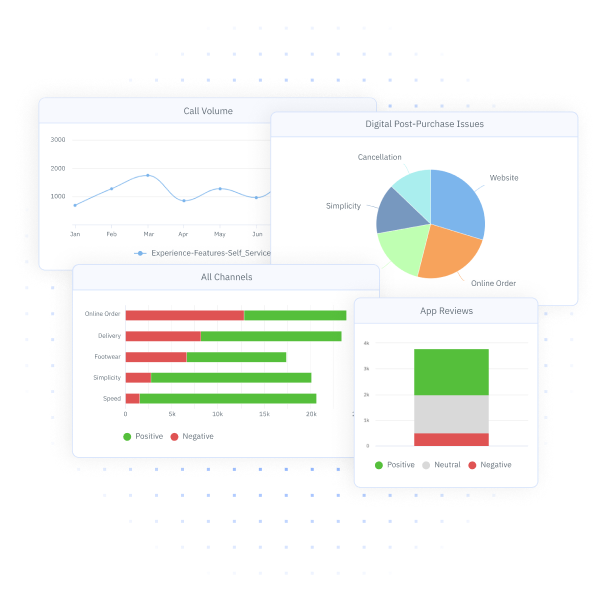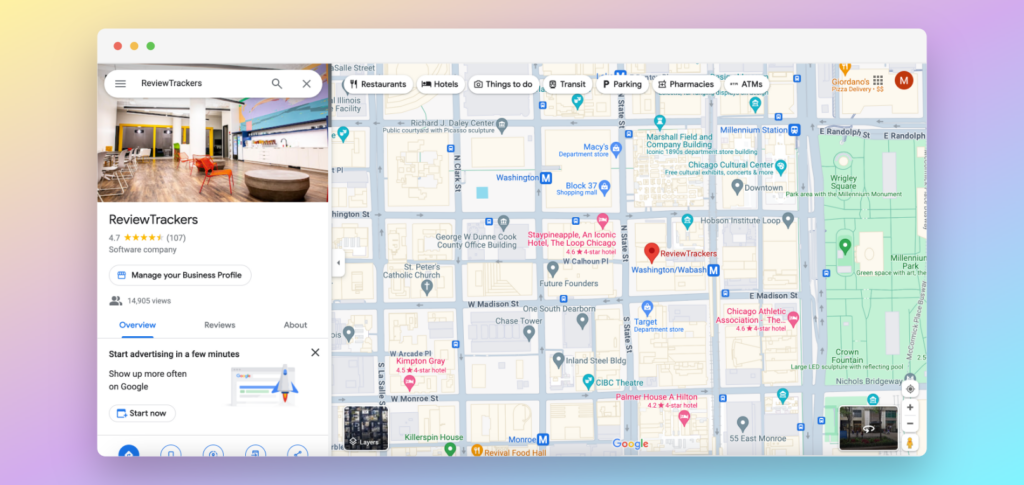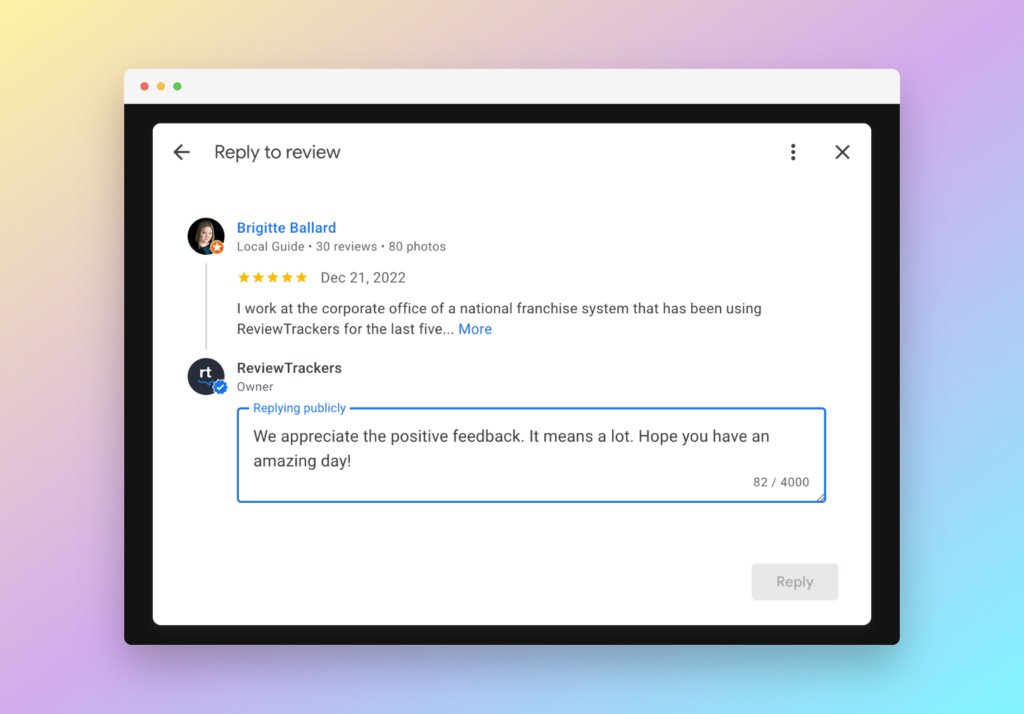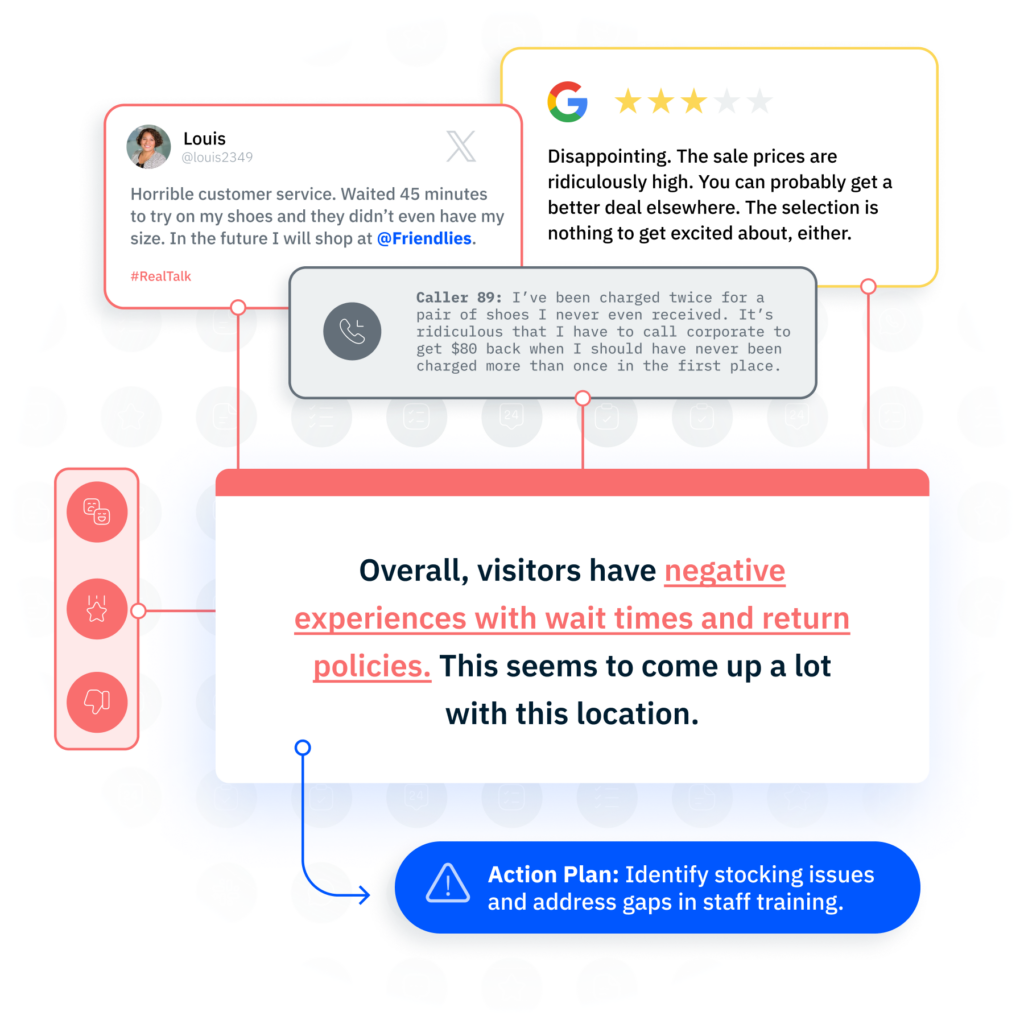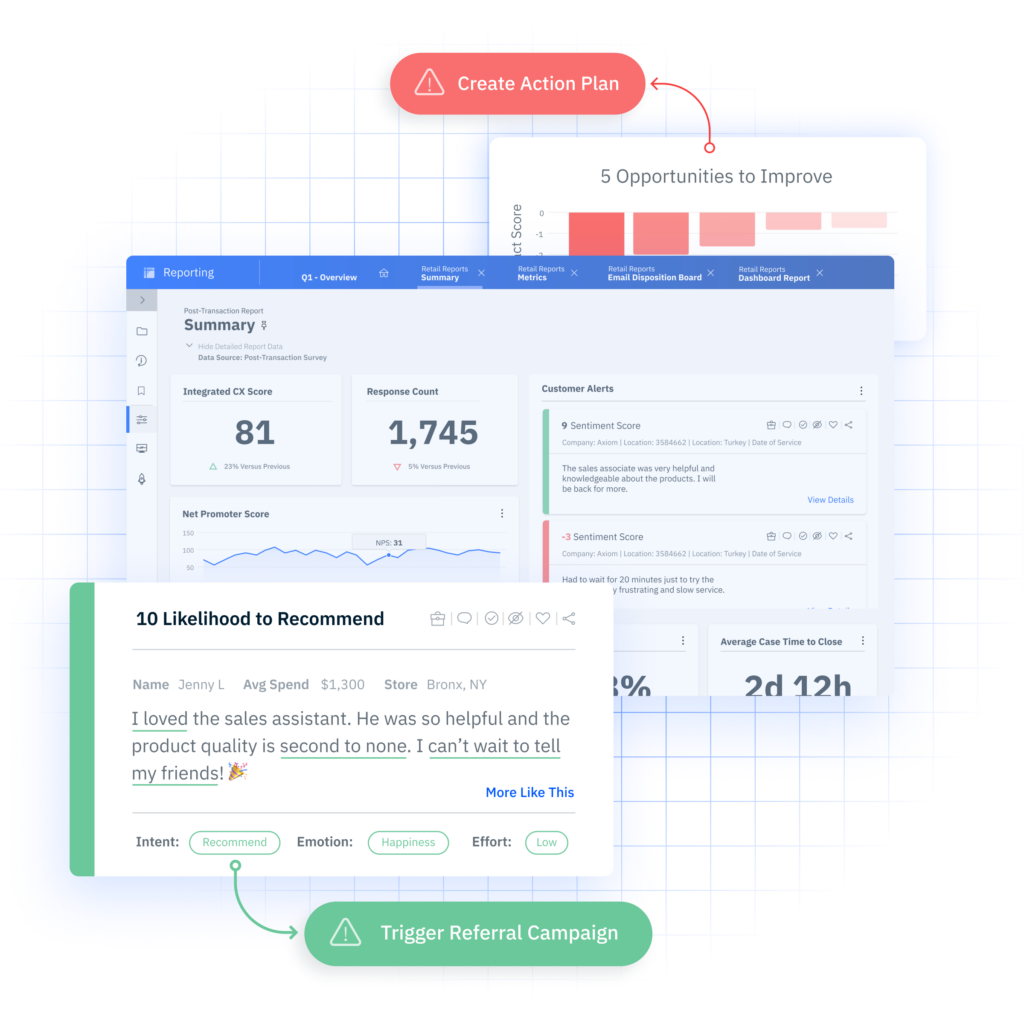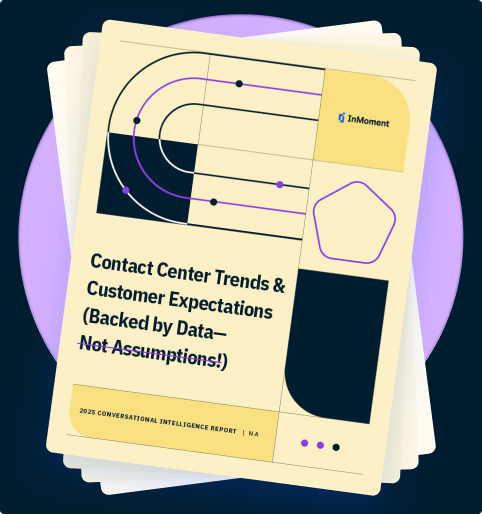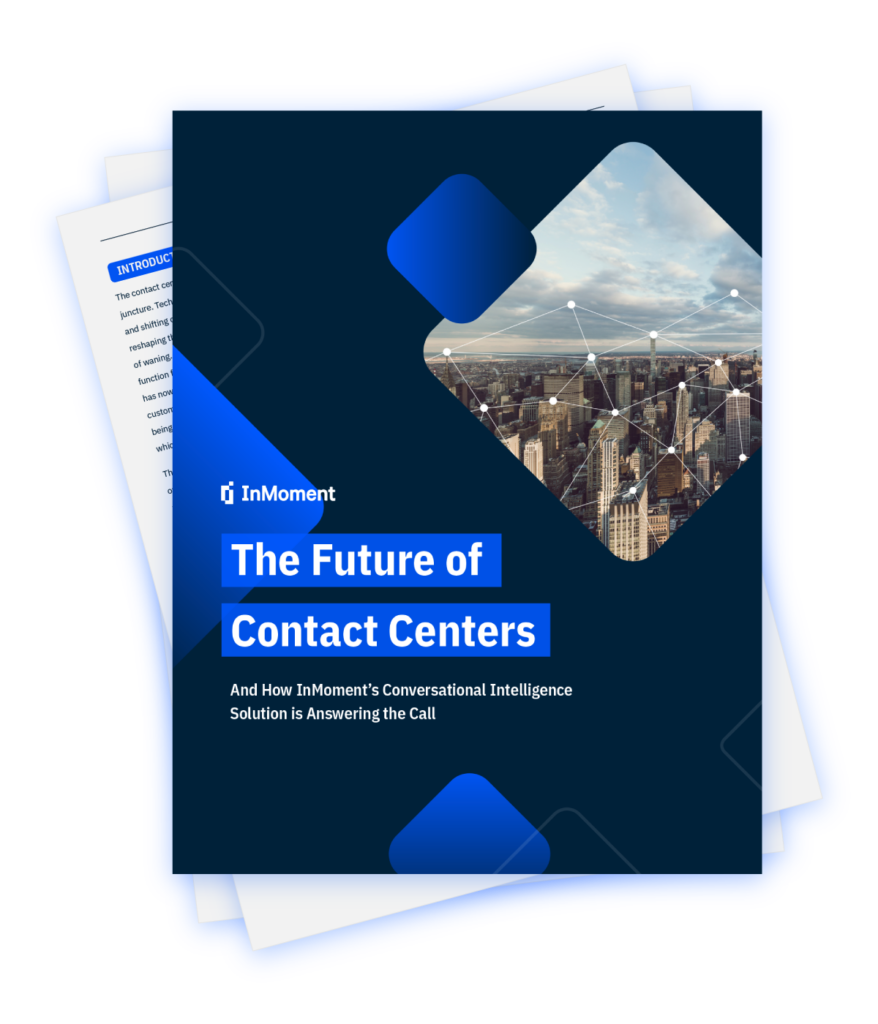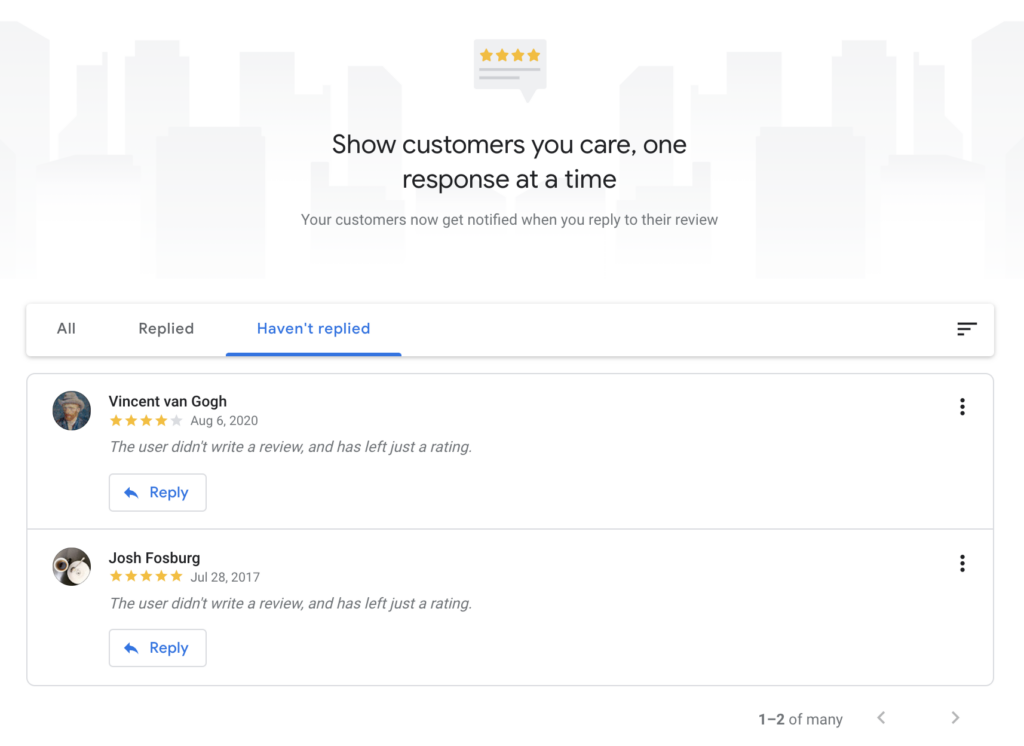Every Brand’s Guide to Online Reputation Management
Online reputation management involves monitoring and influencing how a person, business, or organization is perceived online. It includes managing reviews, social media presence, and search engine results to build a positive digital footprint and mitigate any negative content.
In today’s digital age, the reputation of organizations can be significantly impacted by what is being said about them online. This is why online reputation management has become a key growth driver for businesses: it is crucial for maintaining a positive digital footprint for your company and brand, while also helping build trust with your stakeholders.
What is Online Reputation Management?
Online reputation management (ORM) is the use of multiple strategies and tactics designed to monitor, influence, and improve the online perception of your company, organization, and brand. It ensures that online content accurately reflects your business’s desired image. Ideally, ORM is approached as a holistic process that involves a combination of activities, including:
- Reputation measurement
- Search engine optimization (SEO)
- Media and public relations
- Online review management
- Social listening and social media marketing
- Customer experience management
- Employer branding
- Local listings management
Benefits of Online Reputation Management
Effectively managing your online brand reputation can inspire consumer confidence, foster loyalty, and drive bottom-line growth. On the other hand, a negative online reputation can drive prospects away and lead to the loss of existing customers; at the same time, it can pinpoint areas of improvement, helping your team update business processes to meet customer needs.
- Only 5% of users look past the first page of Google search engine results. First impressions count, especially online.
- Customers don’t trust companies with lower than 4-star ratings. The most common filter applied is to see only companies with 4-star ratings and higher. Meanwhile, 84% don’t trust advertising and traditional sales messaging.
- Positive reviews make 74% of consumers trust a business more. On the other hand, 60% of consumers say that negative reviews made them not want to choose a business.
- 84% of job seekers say the brand reputation of a company as an employer of choice is important.
These numbers highlight the importance of effective digital reputation management. Key benefits include:
- Improved brand image: Managing your online reputation will help your company maintain a positive online presence, reinforcing the desired image and values associated with your brand.
- Stronger customer relationships. Organizations that are responsive to what’s being said about them online (such as in reviews and social media comments) are better positioned to foster strong and lasting relationships with customers.
- Improved brand credibility and trust. Positive online reviews, testimonials, and content build credibility and trust among customers and stakeholders.
- Improved search engine performance. Positive content generated through Internet reputation management efforts can help improve your search engine rankings, making it easier for potential customers to discover and choose you over the competition.
- Better crisis prevention and management. Good reputation management allows organizations to detect and address potential reputation threats early, minimizing the impact of negative publicity, reviews, and crises. ORM strategies can also help repair damaged reputations and rebuild trust.
- Improved talent acquisition. A positive online reputation improves your organization’s ability to attract and retain top talent, which is key to company success and growth.
Most importantly, effective online reputation management ensures that everyone who comes into contact with your brand — customers, prospects, employees, suppliers, the media, and stakeholders — will have a reliably positive, engaging, and valuable experience.
Is Online Reputation Management the Same as SEO?
Online reputation management (ORM) and search engine optimization (SEO) are related concepts in digital marketing, but they have key differences in their areas of focus and how results are measured.
- Managing online reputation typically involves monitoring and managing mentions, responding to reviews and customer feedback, engaging with the audience to build trust and credibility, and creating positive content to influence public perception. ORM’s primary focus is to shape and manage the online perception of your brand.
- SEO, meanwhile, focuses on improving your brand visibility and ranking in search engine results pages (SERPs) for specific keywords or phrases. The main goal is to drive organic traffic through content creation and optimization.
ORM and SEO serve distinct purposes and employ different strategies to achieve their respective goals. However, there can be overlaps, as aspects of ORM, such as managing online reviews and generating positive content, can indirectly contribute to SEO efforts by enhancing your brand reputation and credibility, which can then positively impact search engine rankings.
Managing Online Reputation: How to Protect Your Brand
If your business performance hasn’t matched expectations, it may be useful to check up on your reputation and see how customers talk about and perceive your brand. Let’s dive deeper into the ways you can manage your online reputation and protect your brand.
Audit and Monitor Your Brand Reputation
Learning how to audit, measure, and monitor your digital reputation is a great way to understand how people feel about your brand and what they think of when they come across your company’s products and services.
When auditing the content that appears online about your brand, ask questions like:
- Is your brand well-known online? Does it have a good following on social media and other digital platforms, and does it show up prominently in search engine results?
- How do customers and leads perceive your brand, and what is the underlying sentiment behind their interactions and experiences with your business?
- What kind of content appears on search engine results pages, review websites, and social media sites whenever your business or brand is being searched? Is the content positive, neutral, or negative?
- How does your reputation stack up against competitors? Does your company have an understanding of industry benchmarks and online reputation management statistics to help influence your goals?
Win Your Local Search Market
97% of people learn about and find local businesses online. Whether you’re running a small business or an enterprise-level organization with hundreds or thousands of business locations, it’s important to establish your visibility in search engines through the management and optimization of your local business listings.
These listings appear in search results when people search for your company online. Not only do they display your business information; they also play a vital role in determining your brand reputation, search engine rankings, and revenue.
Part of successful brand reputation management is creating effective local listings that accurately reflect your brand as well as drive customers to your business locations. This involves a good amount of research, data entry, verification procedures, and manually logging in and out of websites — which you have to repeat every time your business information changes: say, you moved your business address or your store hours changed.
To stay efficient, you must have an understanding of which ones matter most to you. When managed and optimized properly, listings can serve as powerful marketing assets that can do wonders for your brand. They can do the same job as traditional advertising and marketing, but where offline or print efforts may fall short — specifically: getting your business found online — a sound local listing management strategy can make the most impact.
Engage Effectively On Social Media
Many of the world’s top brands are known for having an active, thoughtful, and engaging social media presence. Whether it’s on Facebook, Twitter, Instagram, or Linkedin, brands with an excellent reputation often have rapidly growing communities of social media fans and followers.
Social media, after all, offers a great platform not only for raising awareness about your products and services but also for establishing your company’s thought leadership and expertise.
Apart from pushing promotional brand content, your team should keep an eye out for conversations about your brand. Develop a social listening strategy if this is something you don’t yet have. Answer questions that users bring up when they mention you, steer them towards content that provides additional context if they have an early interest in your offerings, or simply thank people if they mention their experience at one of your locations.
Social media is also an effective channel for generating goodwill for your brand, and for crafting your digital reputation in ways that inspire customers’ trust. Your organization may also consider investing in social listening tools to understand the full spectrum of conversation around your brand, as well as to monitor social media for any negative comments or mentions.
Master the Art of Responding to Reviews
Companies need to learn how to respond to negative reviews, especially in situations where these reviews might damage their brand reputation.
According to InMoment research, companies aren’t responding fast enough (or at all) to reviews. 53% of customers expect businesses to respond to negative reviews within a week. 1 in 3 have a shorter time frame of 3 days or less.
Ensure that your team has a process in place for getting back to customers and replying to their reviews. When you receive low ratings or negative feedback, act quickly to resolve issues. Take time to thank your reviewers for sharing their feedback, and always personalize your responses and reinforce the positives in the customer experience.
By mastering the art of responding to reviews, you can protect and strengthen your brand reputation while also driving meaningful engagement with customers.
Encourage Customer Reviews Online
When you deliver experiences that customers love, they won’t hesitate to vouch for you. All you have to do is ask. So, as part of your online reputation management strategy, establish a workflow for requesting reviews from customers.
A stream of 5-star reviews from customers helps showcase your business and creates powerful social proof for inspiring shopper confidence and driving sales. Proactively asking for reviews and customer feedback is also a great way to perform instant outreach: it helps strengthen customer relationships and connects your business to the voices that matter the most. This isn’t to mention the SEO impact of new reviews, which can improve your search engine visibility and amplify your listings’ local SEO signals.
Plan for Crisis
By planning for potential crises in advance, a company can develop communication strategies and procedures to respond quickly and effectively when a crisis occurs. This proactive approach allows you to mitigate the negative impact on your brand reputation before the situation escalates.
In times of crisis, stakeholders also look to the company for leadership and transparency. A well-planned crisis management plan helps maintain trust by demonstrating the organization’s commitment to addressing issues responsibly.
Capture and Analyze Customer Feedback
There is a range of reputational benefits that can come from listening, acting, and responding to what customers say about your brand, product, service, or business location. By capturing and analyzing customer feedback, you can also:
- Measure and improve your customer experience KPIs and metrics
- Customize your products and services to respond to the voiced needs and wants of your customers
- Drive customer satisfaction and loyalty
- Prioritize high-impact customer issues, trends, and developments that are impacting the customer experience
- Evaluate new ways of gaining a competitive advantage
- Generate advanced marketing insights and opportunities
When capturing customer feedback, be sure to collect data from sources such as surveys, focus group discussions, field reports, and customer roundtables. Digital innovations have expanded the ways you can listen to the voice of the customer, which means you can also capture feedback from emails, NPS results, usability tests, online reviews, social media comments, and more.

Choosing Your Online Reputation Management Solution: Features to Look For
When selecting an online reputation management solution or services provider, it’s crucial to consider various features that align with your specific needs and goals. Here are some key features to look for:
Review Management
The best reputation management solutions help companies efficiently manage and respond to online reviews.
Reviews on websites like Google, Facebook, Yelp, and Tripadvisor can impact your online brand reputation. By having a review management tool in place, your team can streamline the process of monitoring, responding to, analyzing, and generating reviews. A review response workflow is of particular importance: by getting back to customers promptly and professionally, you can build goodwill and inspire customer loyalty.
Social Media Listening and Monitoring
Social listening is a marketing concept that’s used to describe a wide range of processes that involve tracking and monitoring online mentions and social media comments containing your brand name. Social media listening tools can even help teams interpret data and gain actionable insights from social media conversations.
In today’s age — where first impressions of brands are often created on digital properties and social media platforms — a good understanding of your brand awareness and reputation is critical. An effective social listening strategy can help you achieve this type of understanding.
Apart from enabling your company to monitor social media mentions and comments, social listening also gives you access to the full spectrum of conversation around your brand. This, in turn, can help you discover trends and patterns that shape your brand reputation and define the customer experience — helping you achieve a more accurate, complete, and unified view of the customer, as well as implement changes based on feedback.
Local SEO and Local Listings Management
Incorrect and outdated business data that appears online can drive away customers who could have become customers and loyal fans of your brand. When looking for an online reputation management solution, consider looking for features that help you manage your local listings. This helps you achieve brand consistency in the digital landscape and prevents situations — incorrect hours, an outdated phone number, missing website URLs — that could frustrate potential customers.
Customer Experience Management
Beyond monitoring mentions and reviews, it’s also useful to look for Internet reputation management solutions that are capable of capturing and analyzing trends, topics, and data that impact the customer experience. This can provide valuable insights into potential areas of improvement, emerging issues, and opportunities for engagement.
For organizations of any size, this can be a complex and challenging process that involves strategy, integration of technology, and executive commitment. A customer experience platform should help your company achieve a complete and accurate picture (360-degree view) of your customers, with integrated up-to-date reputational data and customer data, so that your company can monitor, manage, and organize every interaction throughout the entire customer lifecycle.
Competitive Intelligence and Industry Benchmarking
Competitive intelligence tools give you access to insights that help your organization understand the target market, identify areas where competitors outperform you, benchmark your performance against competitors, and measure your progress against theirs.
One of the most important insights you can gather is accurate information on how potential customers perceive and talk about your brand vs. the competition. When evaluating solutions, it’s useful to look for an online reputation management tool that offers the ability to evaluate and monitor the competition in terms of their online reviews, ratings, search rankings, and reputation.
The competition’s review data, automatically categorized, can deliver insights into areas that the competition excels in as well as areas where they are lacking. That way, you can build strategies to create more desirable consumer experiences.
Employer Brand Monitoring
Companies with positive employer branding get twice as many applications as companies with negative brands, and they spend less money on employees. As part of your online reputation management activities, your leadership team must put their employer brand under careful watch.
An employer brand monitoring solution can help you better understand your value proposition (as an employer), listen to authentic, candid feedback from employees, grow your company’s social media presence, and effectively monitor employee reviews on websites like Indeed and Glassdoor.
Build and Grow Your Online Reputation with InMoment
Companies of every size and across every industry or business category can benefit from effective online reputation management software and strategy. This couldn’t be more true in today’s age, when consumers make purchase decisions based on your online reputation, more so than on your advertising, direct sales messages, pricing, or branded promotional content.
The world’s top brands partner with InMoment to manage, protect, and strengthen their online reputation. By combining reviews, ratings, and social media data with multichannel Voice of the Customer feedback, InMoment provides integrated insights companies need to build a rock-solid online reputation as well as deliver captivating customer experiences.
References
Poll the People. “Value Of #1 Position On Google – Positional Analysis Study” (https://pollthepeople.app/the-value-of-google-result-positioning-3/). Access 2/8/2024.
